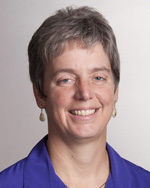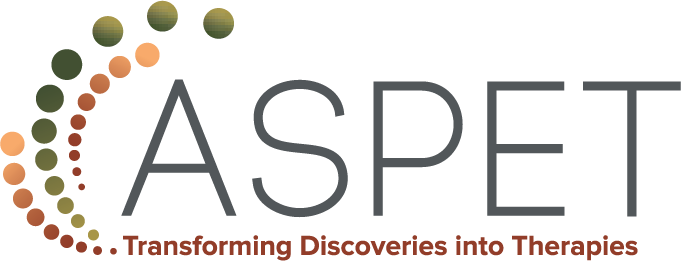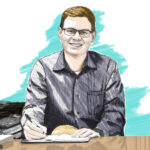A Conversation with ASPET’s Program Committee Chair Carol Paronis, PhD
 Carol Paronis, PhD, is ASPET’s Program Committee Chair. She leads the committee to plan the scientific program for ASPET’s annual meeting, determine the acceptance of and program the contributed abstracts for the annual meeting and evaluate requests for ASPET Council to fund other ASPET meetings/colloquia. Dr. Paronis is director of the Laboratory of Preclinical Pharmacology at McLean Hospital and associate professor of psychiatry at Harvard Medical School. She received her PhD in pharmacology from Emory University and completed postdoctoral fellowships in pharmacology at the University of Michigan and in biopsychology at Harvard University. An ASPET member since 1992, Dr. Paronis shares her insight and guidance for young scientists with The Pharmacologist.
Carol Paronis, PhD, is ASPET’s Program Committee Chair. She leads the committee to plan the scientific program for ASPET’s annual meeting, determine the acceptance of and program the contributed abstracts for the annual meeting and evaluate requests for ASPET Council to fund other ASPET meetings/colloquia. Dr. Paronis is director of the Laboratory of Preclinical Pharmacology at McLean Hospital and associate professor of psychiatry at Harvard Medical School. She received her PhD in pharmacology from Emory University and completed postdoctoral fellowships in pharmacology at the University of Michigan and in biopsychology at Harvard University. An ASPET member since 1992, Dr. Paronis shares her insight and guidance for young scientists with The Pharmacologist.
How did you get started in pharmacology?
As an undergraduate in the Biopsychology program at Tufts University, I was given a choice between two advisors—one that studied the effects of diet on behavior and another that looked at the effects of drugs on behavior. I chose wisely, and pretty soon became more interested in the drugs than the behavior. After getting my B.S., I worked as a technician for two years in a pharmacology department, and that experience cemented my decision to only apply to pharmacology graduate programs.
How did you first get involved with ASPET?
I went to my first FASEB meeting when I was a graduate student at Emory University. I enjoyed the meeting both for the science, which was excellent, and also because my advisor (Stephen Holtzman) introduced me to colleagues from his student days or more recent connections. By my second meeting, I was also reconnecting with recent Emory alumni, and the science continued to be more in line with my own research than at other meetings I attended. Pretty soon, FASEB and ASPET became my go-to meeting. In terms of service to ASPET, I was elected Sec/Treas of the BEH division in 2002, and that served as a springboard to serving on other committees of ASPET, which I have done more or less continuously since then.
What do you want the ASPET membership to know about you and your ideas on how to move the organization forward during your term?
I think that the Strategic Plan rolled out a couple of years ago is pushing ASPET in the right direction in terms of expanding our mission and our membership. My own goal as Program Committee chair is to do all that I can to have sessions that feature state-of-the-art science and encourage people to bring their best data to our annual meeting.
What has been your proudest accomplishment in your career so far?
My proudest accomplishments relate to small discoveries that are too specific to detail for a broad audience. They probably are considered boring by even my closest friends. My happiest moments are when a novel bit of new data crosses my desk, and I realize that I am the first person to see it.
In terms of ASPET, my proudest accomplishment is the growth that stems from our poster competition. The first time I served as a judge, there were seven entrants in our divisional competition; within 5–8 years, it had grown to four times that size. What is most gratifying about this is that now when I go to the ASPET meetings, I am judging the posters of students of our past poster award winners, and I see those former poster competitors serving alongside me on various committees of ASPET, showing that they also felt, and feel, a strong connection to the Society.
What advice would you give young scientists who are just starting out in their careers?
Don’t expect all of your ideas to be home runs. If we could predict the outcomes of all our experiments, science would be a lot easier, and a lot less fun. When I was a student, my advisor said around half his ideas worked out. I wondered whether I should stick with someone who was wrong 50% of the time until he pointed out that the best hitters in baseball only connect 30% of the time.

